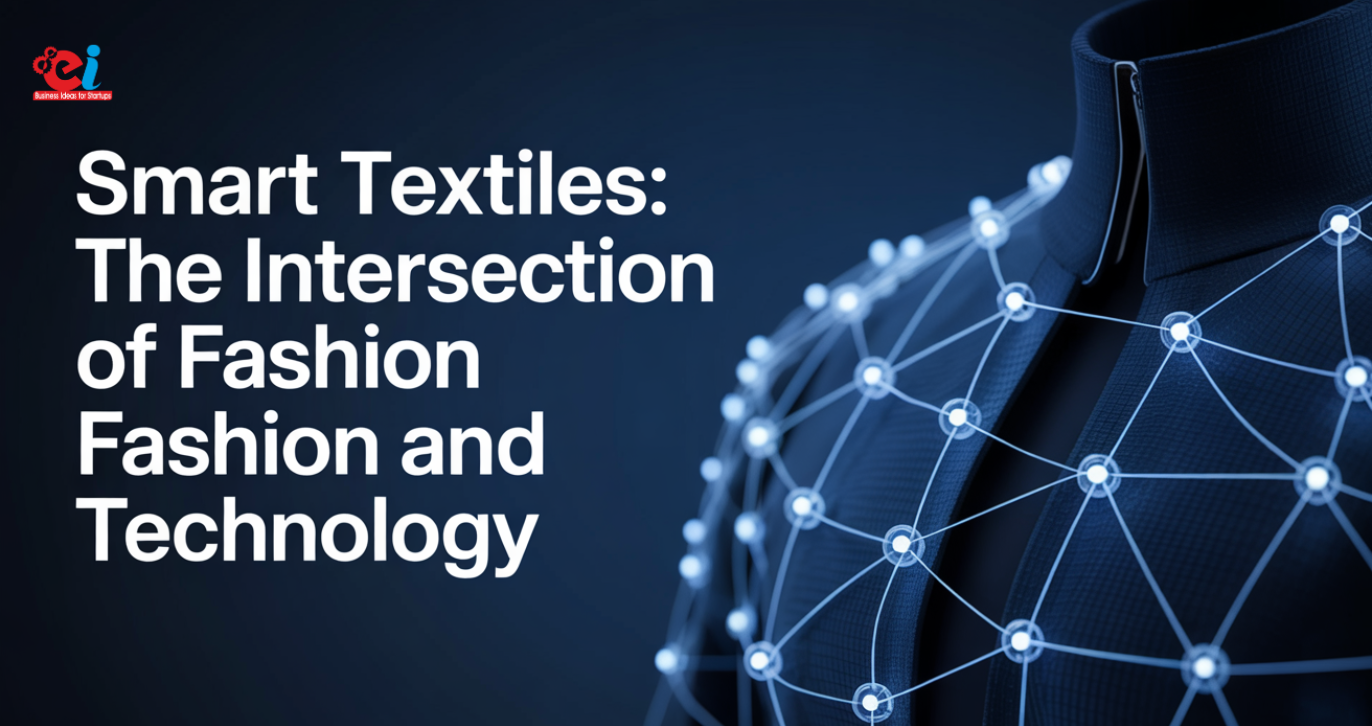Fashion gloriously changes over time. Smart textiles have been defined as wearables that are sometimes referred to as e-textiles or electronic textiles. Such advanced forms of fabric integrate digital elements within them. Such elements include sensors or conductive threads with microcontrollers meant for reacting to the surrounding environmental conditions or interacting with an individual wearing them. The article focuses on the progress, applications, and thrilling future aspects of using smart textiles in fashion and beyond.
The Evolution of Smart Textiles
The combination of technology and fabrics is not exactly new. Historically, they developed textiles for uses like waterproofing, insulating, or making the materials durable. But now, with the availability of nanotechnology, materials science, and wearable electronics, the potential was considered an extension of the horizon.
The classification of smart textiles production can be as follows:
- Passive smart textiles: These are the fabrics that can sense external stimuli but cannot have any effect on them. For example, UV-shielding garments as well as moisture-wicking fabrics.
- Active smart textiles: These are the materials having the capability of sensing as well as reacting upon any external stimulation, such as temperature-regulated fabrics and shape memory textiles.
- Researchers and designers are also delving into more innovative paths to make these textiles more interactive and functional using sensors, microelectronics, and conductive materials.
Uses
1. Health and Well-being
- Smart textiles are the most excellent forms of aids to health care, like
- Wearable ECG Monitors – An intelligent fabric embedded with conductive thread to monitor heart rates and identify irregularities.
- Diabetic Monitoring Socks – Measures temperature of foot and blood circulation to avoid diabetes complications.
- Compression Garments – Infused with biometric-sensor fabrics, these garments assess muscle fatigue and improve blood flow.
2. Sports and Fitness
- Smart textiles help athletes and sports enthusiasts track performance improvements during training. Some cool examples are
- Smart Shirts – Equipped with sensors to capture heart rate, breathing, and posture information.
- Temperature-Regulating Clothes – Adaptive materials that can change as per body temperature or environmental conditions for maximum comfort.
- Smart Insoles – The soles give real-time feedback to the user about foot pressure and movement to avoid injuries.
Related Projects: Starting a Cotton Ginning Mill
3. Fashion and Aesthetics
- Fashion designers are integrating to design clothing that is interactive , like
- Colour-Changing Dress— Thermochromic and photochromic textiles are those that change color due to temperature and light, respectively.
- Light-Emitting Fabrics—Infusion of LEDs into fashion adds to the futuristic appeal of shows and events.
- Self-Cleaning Fabrics—Advanced textiles operating on the principles of nanotechnology repel stains and odors.
4. Military and Defence
- Smart textiles have myriad applications within the military, enhancing the safety and performance of soldiers under extreme conditions.
- Bulletproof Fabrics-—Nanomaterials are incorporated into advanced textiles for increased durability and impact resistance.
- Temperature-Regulating Uniforms: Adaptive fabrics keep soldiers warm or cool under extreme conditions.
- Communication-Enabled Clothing-—Equipped with communication devices, uniforms provide seamless connectivity in the field.
Also Read: Challenges and Opportunities of Incorporating Natural Fibers in Textile Manufacture
Issues and Constraints
- Smart textiles are considerably more expensive because, unlike mainstream fabrics, they incorporate electronic components apart from sophisticated materials.
- The other limitation is that they are dependent on the power source.
- Most of the smart textiles are usable with a requirement of either batteries or energy harvesting technology.
- Data privacy is another rising concern with the increased use of biometric sensors embedded into smart textiles.
- Information gets collected and transmitted and can constitute sensitive personal data.
- Most importantly, there are the security and access issues regarding this personal information.
- User privacy protection and the prevention of cyber threats require the establishment of stronger encryption techniques and secure data storage systems.
The Future of Smart Textiles
- These hurdles will not make smart textiles look less bright, according to the continuous advancements in technology. Active research and development are fueling the realities of the research, initiating limited capabilities and increased cost-efficiency in smart textiles.
- The new exciting thing is the energy-harvesting fabric. Characteristically, such fabrics have a feature that generates energy from such sources as body movement, heat, or solar energy and thus does not require cumbersome batteries. The implications of this would be huge, making smart textiles easier to use, with longer life expectancy.
- Another is clothing that can come with artificial intelligence (AI) embedded into it. AI-capable garments are said to be able to analyze users and learn different preferences and customize their provision. For example, such sports gear can allow for temperature regulation depending on body heat, while fashion wear can change color or patterns depending on the environment.
- They are also venturing into biodegradable smart textiles to minimize electronic waste. Scientists are coming up with eco-friendly products made from organic, compostable materials that will naturally decompose over time. This invention of smart textiles is further coupled with the rising demand for sustainable fashion as well as technology that is environmentally friendlier.
Closing thoughts
This revolution transforms our clothing into smart textiles, narrowing the gap between fashion and technology. These types of fabrics share very broad applications, such as improving athletic performance and patient care or, even today, futuristic avant-garde fashion statements. However, some challenges remain, such as cost, durability, and power reliance, among others.









